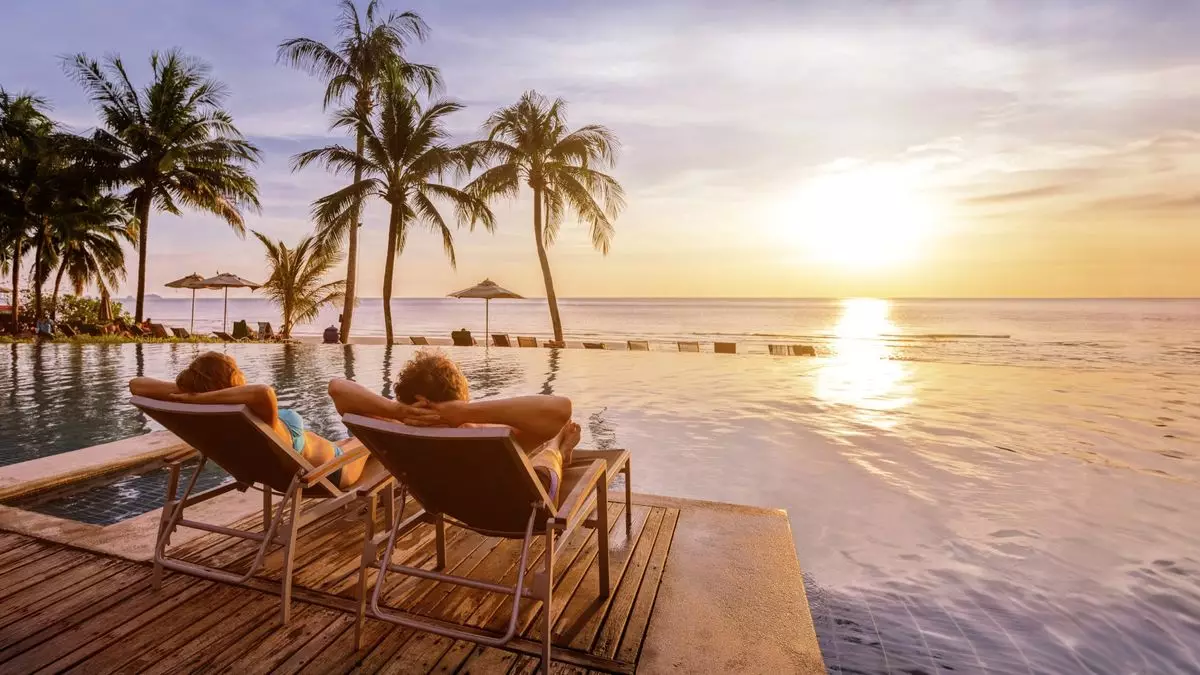The luxury travel industry, while exhibiting resilience and growth, faces a changing landscape influenced by shifting consumer behaviors and economic realities. As high-end hotels and cruises continue to flourish, there are strong indications that price adjustments may be necessary in the near future. This article delves into the emergence of these trends and the potential consequences for the luxury travel sector as it navigates the post-pandemic era.
During a recent keynote at the SmartFlyer Core conference in Lake Louise, Alberta, industry expert Clayton Reid targeted the luxury hotel market’s current dynamics, suggesting that premium rates could face downward pressure. While the luxury segment has demonstrated substantial growth—evidenced by a 15% revenue increase for SmartFlyer in 2024 and solid sales figures from advisors—Reid’s insights indicate that sustainability of such price points may not hold. He emphasized that ongoing inflation and changing consumer spending patterns could compel hotels, particularly those targeting the upper echelons of the market, to reconsider their pricing strategies.
The luxury arena has expanded rapidly since pre-COVID times, with average hotel rates reflecting a staggering 31% increase since 2019, according to CoStar data. However, this surge has prompted a significant number of hotels charging over $1,000 per night, indicating a stratosphere of exclusivity that may create barriers for broader consumer access. With the rise in credit card debt and delinquency rates reported by the Federal Reserve, it raises legitimate questions about the viability of such elevated pricing structures amid financial strain on middle-class travelers.
While Reid’s cautionary perspective seems to apply across much of the luxury segment, he makes a notable clarification: ultra-luxury entities may continue to thrive, as demonstrated by exclusive properties like the Sheldon Chalet in Denali National Park. The experience offered here—accessible solely by helicopter and necessitating a hefty minimum three-night stay at a staggering price—caters to an elite clientele that remains relatively unaffected by economic fluctuations.
Indeed, the allure of such unique experiences is likely to sustain demand within that segment. As Reid pointed out, the scarcity of such offerings drives an enduring appeal that affluent clients seek. However, for more generalized luxury brands such as Four Seasons and Ritz-Carlton, market saturation and economic realities may necessitate strategic price adjustments to maintain occupancy and profitability.
Despite predictions of a contraction in certain sectors, SmartFlyer’s management offers a more optimistic view of luxury travel for 2025. Their forecasts indicate continued growth, with many advisors reporting healthy booking trends, suggesting that the demand for travel—particularly in luxurious settings—remains robust. Nevertheless, the consensus among industry leaders is that a correction may be forthcoming, potentially leading to the stabilization of luxury hotel prices.
Moreover, as customers reassess their travel spending amid high debt levels, they may prioritize value-added offerings, prompting hotels to innovate in service and experience delivery rather than solely rely on pricing power. Instead of merely lowering rates, luxury brands may need to enhance the overall experience they provide to retain and attract sophisticated travelers.
Some industry analysts remain cautiously optimistic, predicting increased revenue per available room (RevPAR) at luxury hotels. Yet, the sentiment of market leaders reflects a growing awareness that luxury consumer behavior is evolving—options must be refined, and experiences must be tailored to retain customer loyalty in the face of changing economic conditions.
As travel patterns continue their post-pandemic recovery, the notion of ‘revenge travel’—people seeking to compensate for lost opportunities during lockdowns—has prompted deeper reflections among consumers about the importance of travel in their lives. COO Erina Pindar asserts that this trend has instilled a sense of necessity among affluent travelers that transcends financial barriers.
Luxury travel is more than just a service; it’s about crafting unique experiences that resonate with travelers’ desires for adventure and self-discovery. As the industry adjusts to these new demands, it will be crucial for luxury hotels and cruises to innovate and elevate their offerings, ensuring that they not only survive but thrive amidst an ever-evolving consumer landscape.
While luxury travel enjoys a period of growth, the potential for price adjustments looms on the horizon. By understanding market trends and consumer motivations, industry players can navigate these challenges effectively, leveraging their unique offerings to continue appealing to an elite clientele that sees travel as both a luxury and a necessity.


Leave a Reply